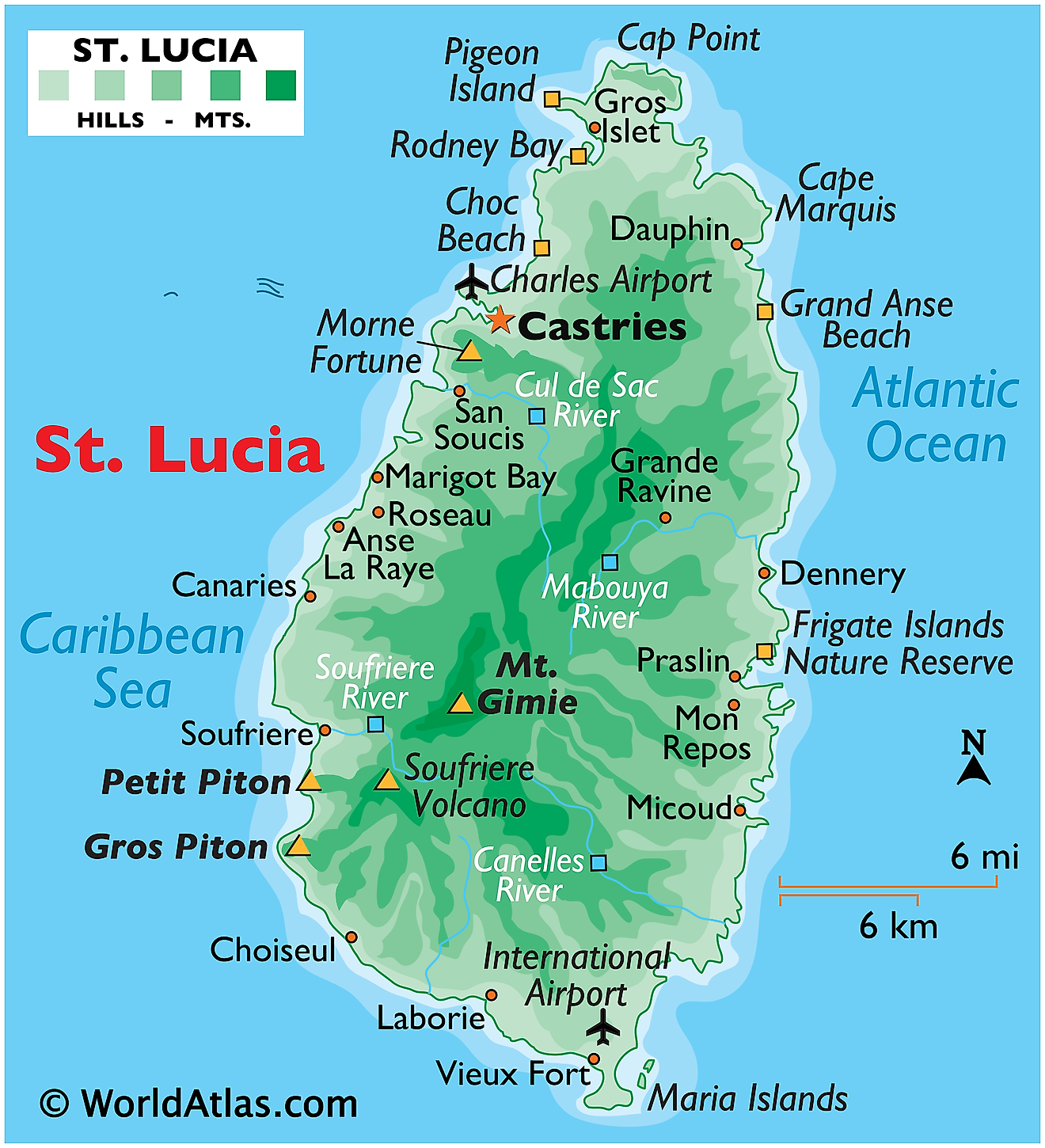Why Do We Celebrate St Lucia Day WEB Oct 26 2022 nbsp 0183 32 The Swedish Santa Lucia Festival is held on December 13 to bring light and hope during the darkest day of the year Learn about the holiday s history and traditions
WEB Dec 8 2023 nbsp 0183 32 Lucia the bearer of light Alongside Midsummer the Lucia celebrations represent one of the foremost cultural traditions in Sweden with their clear reference to life in the peasant communities of old darkness and light cold and warmth WEB Dec 13 2020 nbsp 0183 32 St Lucia s Day An Italian saint a German child and a female demon all play a role in the story of 13 December The St Lucia celebration in Sweden can be traced to the end of the 1700s or early 1800s while it is still fairly new in Norway Eldrid Borgan journalist forskning no
Why Do We Celebrate St Lucia Day
 Why Do We Celebrate St Lucia Day
Why Do We Celebrate St Lucia Day
https://www.iloveit.net/wp-content/uploads/2022/03/Saint-Lucia-Day.jpg
WEB How Saint Lucia s Day Is Celebrated In Scandinavian countries many towns vote for their own Lucia The festival begins with a procession of singing children led by the chosen Lucia Lucia wears a white robe tied with a red sash
Pre-crafted templates use a time-saving solution for producing a varied variety of documents and files. These pre-designed formats and layouts can be used for various individual and professional projects, consisting of resumes, invites, leaflets, newsletters, reports, discussions, and more, improving the content development process.
Why Do We Celebrate St Lucia Day

Image Titled Celebrate St Lucia Day Step 2 Winter Solstice Pagan

Saint Lucia Maps Facts World Atlas

3 Ways To Celebrate St Lucia Day WikiHow St Lucia Day Swedish

New Sweden Church To Celebrate St Lucia Day Elgin Courier

The Celebration Of Lucia Is A Swedish Tradition It Is Celebrated On
Jg St Lucia s Day

https://www.lifeinnorway.net/santa-lucia-day
WEB Dec 1 2021 nbsp 0183 32 Why do we celebrate As with so many things on the Norwegian calendar of annual events tradition is an accurate answer but of course there is a story Who was Santa Lucia Lucia was a young Christian girl born in Sicily in the year 283

https://www.voguescandinavia.com/articles/...
WEB St Lucia s Day or Sankta Lucia commemorates St Lucia a young Christian martyr who died for her faith According to the legends St Lucia would secretly bring food to the Christians hiding in Roman catacombs under the city

https://visitsweden.com/what-to-do/culture-history...
WEB Dec 1 2023 nbsp 0183 32 Lucia Day also called Saint Lucy s day can be traced back to the 4th century A Christian feast day it commemorates the martyr Lucia of Syracuse who as legend has it brought food to Christians hiding in Roman catacombs lighting her way with a candlelit wreath on her head

https://www.britannica.com/story/st-lucias-day
WEB St Lucia s Day is an important holiday celebrating light during the long dark winter especially in Scandinavia where some regions may see only a few hours of daylight The holiday is celebrated on December 13 close to the winter solstice which is the shortest day of the year

https://www.travelawaits.com/2559147
WEB Today St Lucia s Day is celebrated on December 13 throughout Sweden Denmark Norway Bosnia Croatia and Finland s Swedish speaking areas Townspeople honor her with a candle lit procession described by the cultural website Sweden se as one of the more exotic looking Swedish customs
WEB Each year on Dec 13 candlelight from Santa Lucia celebrations brings hope and light to the dark Swedish and Norwegian winters That evening angelic voices carry through Swedish cathedrals singing Christmas hymns to honor the patron St Lucy Santa Lucia WEB Dec 12 2023 nbsp 0183 32 They know how to celebrate but few actually know why they celebrate So we decided to dig deeper into the Lucia tradition and the history behind it The Real Saint Lucia One of the earliest Christian martyrs St Lucia was killed by the Romans in 304 CE because of her religious beliefs
WEB Why did St Lucia s Day become such a big deal in Sweden along with the other Scandinavian countries Perhaps it s because the holiday symbolizes light in the middle of long dark Nordic winters